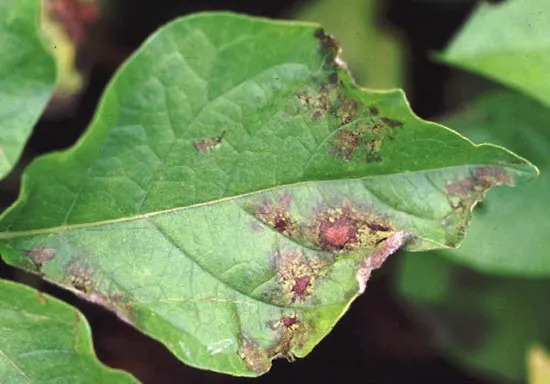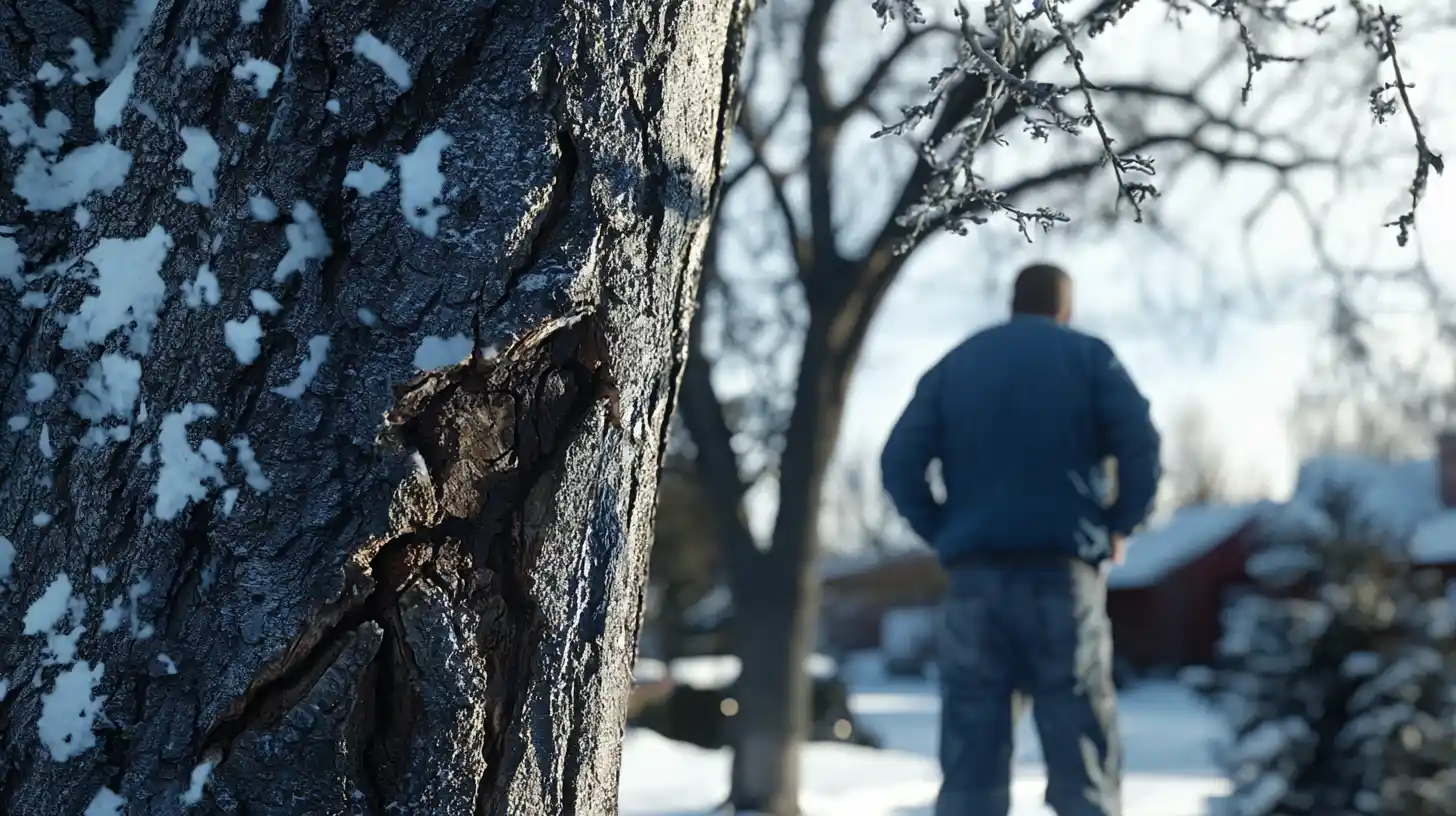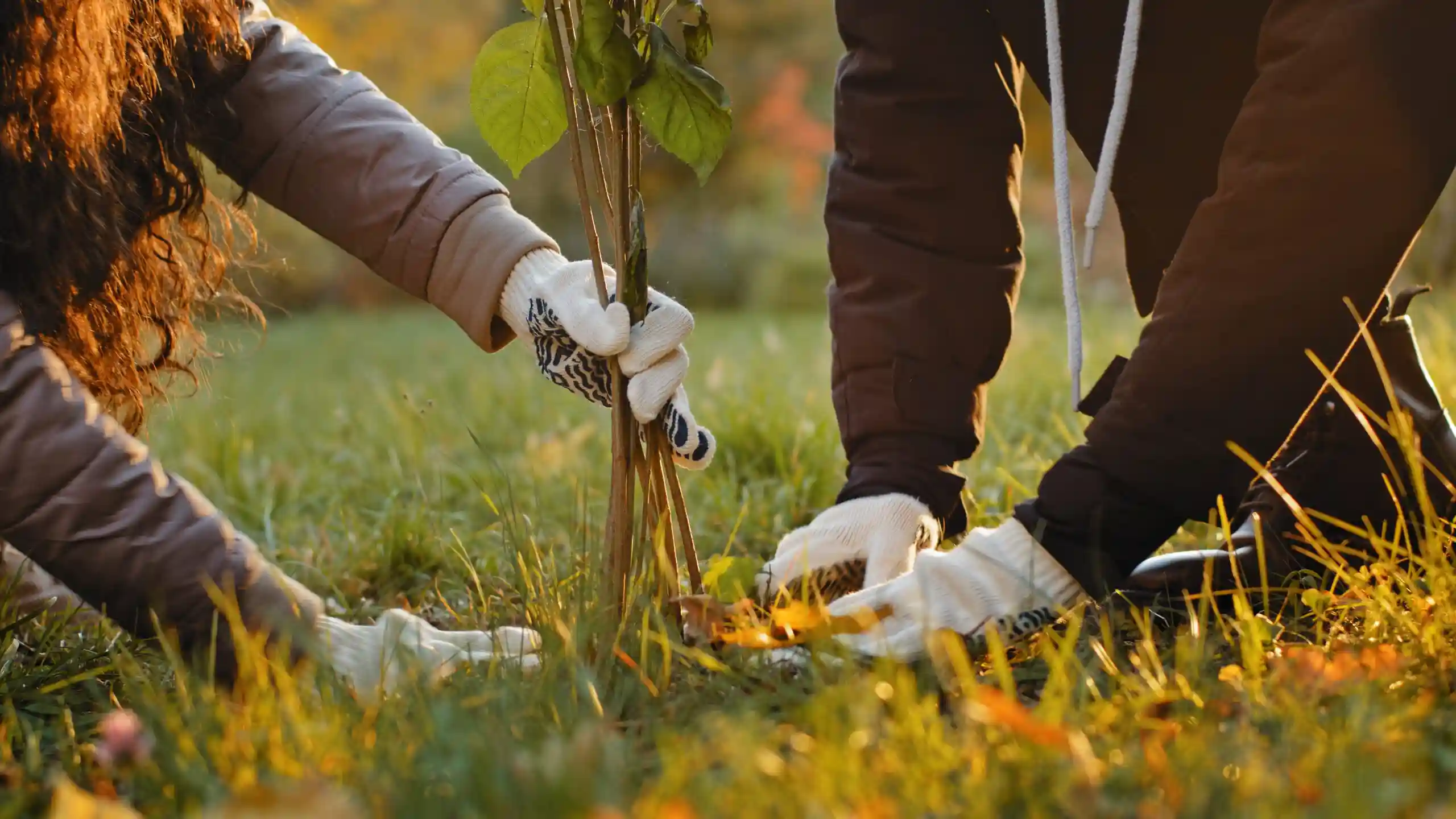
Plants and shrubs can add beauty, color, and texture to any garden or landscape. However, they are also susceptible to various diseases that can compromise their health and appearance. In this blog, we will explore some common plant diseases, their symptoms, and how to prevent and treat them.
- Powdery Mildew
Powdery mildew is a common fungal disease that affects many types of plants and shrubs. The disease appears as a white or grayish powdery coating on the leaves, stems, and flowers of the plant. It can cause leaves to curl, turn yellow, and eventually die. To prevent powdery mildew, water plants and shrubs at the base instead of from overhead, and remove any infected plant material promptly. Treat with a fungicide if necessary.
- Leaf Spot
Leaf spot is another common fungal disease that affects plants and shrubs. It appears as circular or irregular spots on the leaves, often with a dark border. As the disease progresses, the spots may turn yellow, brown, or black and cause leaves to drop prematurely. To prevent leaf spot, water plants and shrubs at the base instead of from overhead, and remove any infected plant material promptly. Treat with a fungicide if necessary.
- Root Rot
Root rot is a fungal disease that affects the roots of plants and shrubs, causing them to rot and die. Symptoms of root rot include yellowing leaves, stunted growth, and wilting. To prevent root rot, make sure plants and shrubs are not overwatered and are planted in well-drained soil. Remove any infected plant material promptly and treat with a fungicide if necessary.
- Rust
Rust is a fungal disease that appears as yellow, orange, or brown spots on the leaves and stems of plants and shrubs. The spots may have a powdery or rust-like appearance. Rust can cause leaves to yellow and drop prematurely. To prevent rust, water plants and shrubs at the base instead of from overhead, and remove any infected plant material promptly. Treat with a fungicide if necessary.
- Blight
Blight (see the picure in this article) is a bacterial disease that affects plants and shrubs, causing them to wilt and die. Symptoms of blight include brown or black spots on the leaves and stems, and a darkening of the tissue at the base of the plant. To prevent blight, remove any infected plant material promptly and avoid overhead watering. Treat with a bactericide if necessary.
Plants and shrubs can be vulnerable to a range of diseases, but with proper care and attention, many of these diseases can be prevented or treated. Regularly inspect your plants and shrubs for signs of disease, and promptly remove any infected plant material. Ensure plants and shrubs are watered correctly and planted in well-drained soil. If necessary, treat with fungicides or bactericides to prevent or control the spread of disease. By taking these simple steps, you can help keep your garden or landscape healthy and thriving. If you would like professional help, reach out to the professionals at BroadLeaf Tree & Shrub. We also invite you to join our conversation on Facebook.



